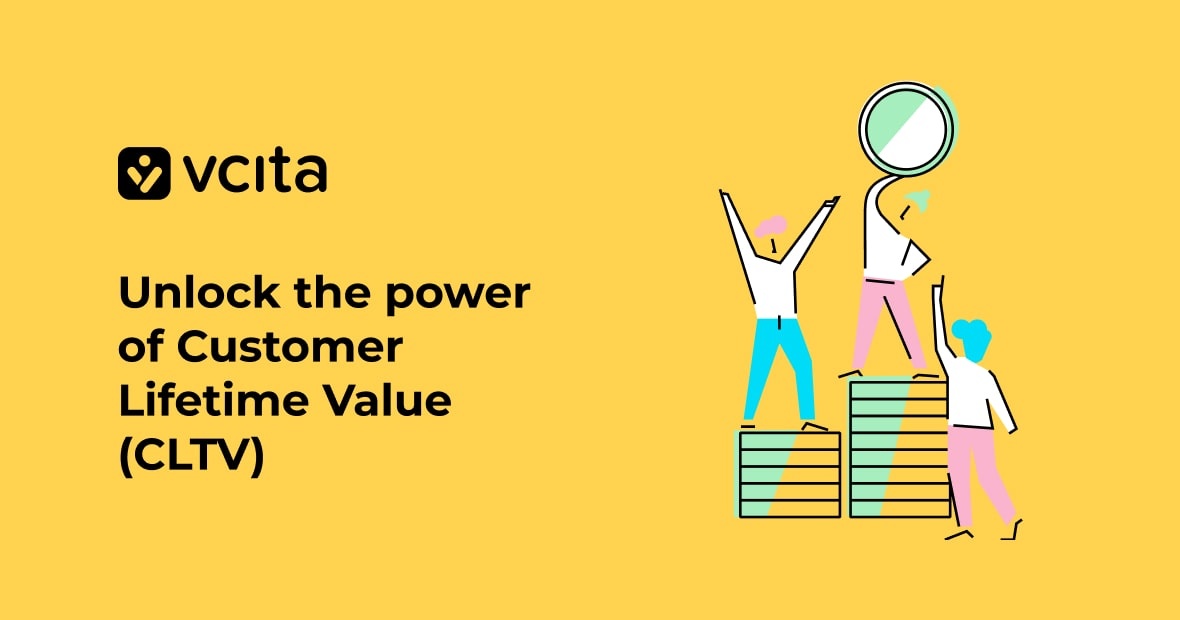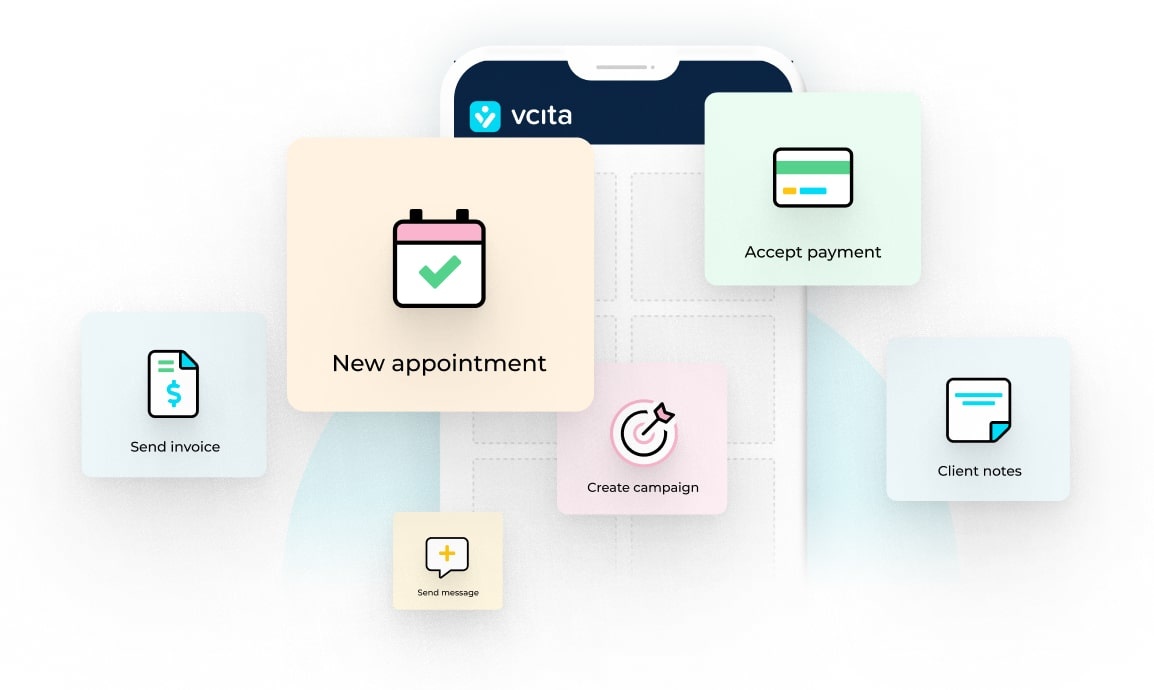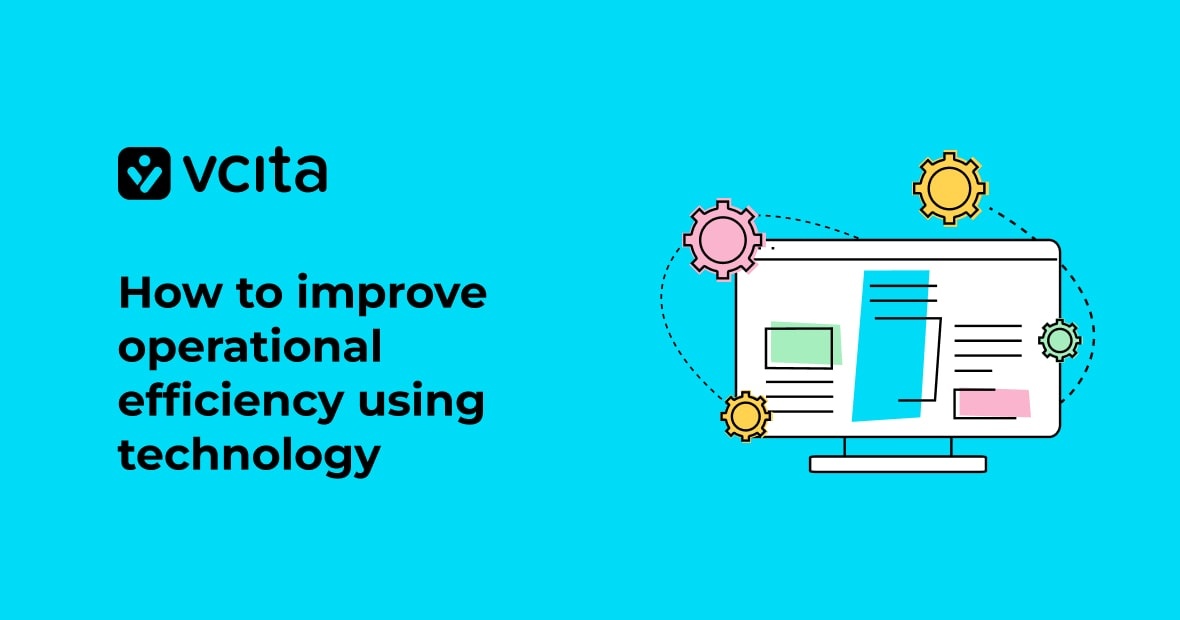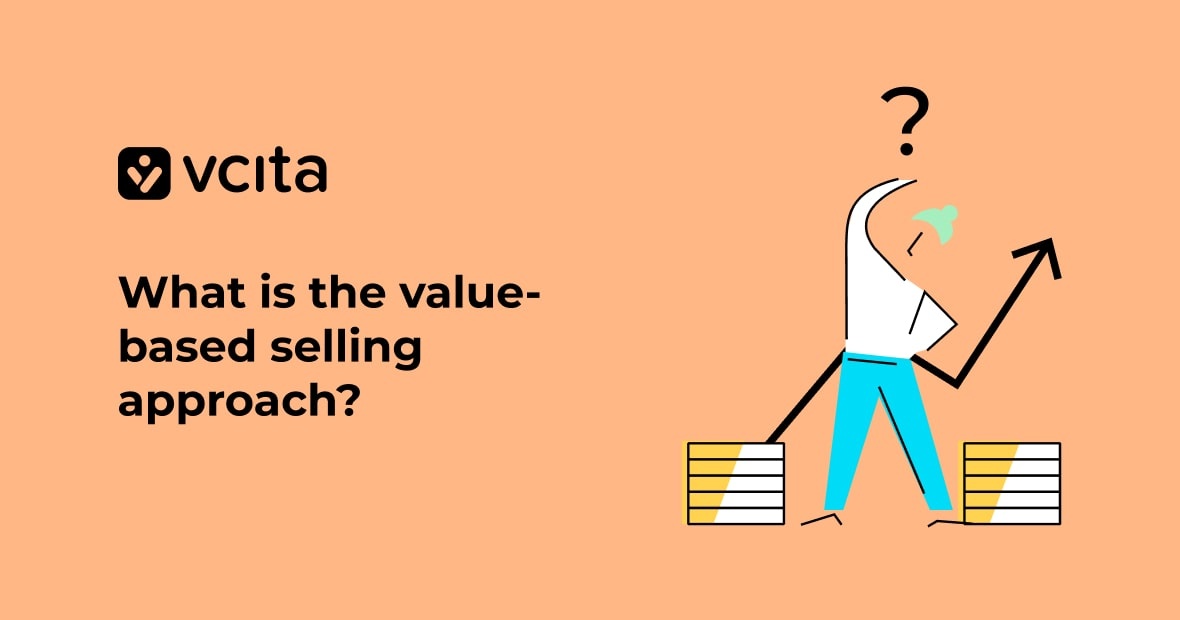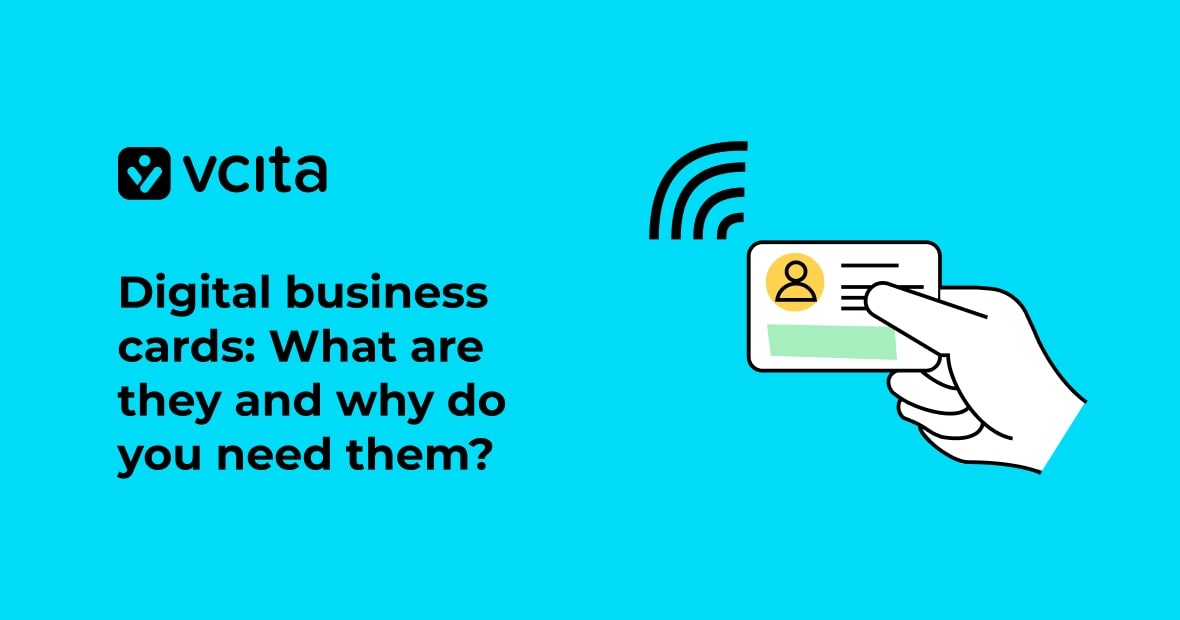Do you ever wonder how much your customers are really worth to your business? Customer Lifetime Value (CLV) holds the key to answering that question. By calculating CLV, you’ll unlock insights to boost loyalty, reduce churn, and maximize profits from your existing customer base.
Let’s dive into the power of CLV and discover how it can transform your customer relationships.
Understanding the importance of customer lifetime value (CLV)
If you’ve ever wondered why some businesses seem to effortlessly retain customers while others struggle, you need to explore CLV. Understanding and leveraging Customer Lifetime Value (CLV) empowers small business owners to boost their bottom line and turbocharge business growth.
What is Customer Lifetime Value?
At its core, customer lifetime value puts a number on the total revenue that a business can expect from a single customer account throughout their relationship. It’s not just about the immediate sale; it’s about the long-term value each customer brings to your business.
Why CLV matters for your business
- Informed decision-making: Knowing your CLV helps you make smarter choices about customer acquisition costs and marketing budgets.
- Targeted strategies: By identifying your most valuable customer segments, you can tailor your approach to boost loyalty and retention.
- Improved customer experiences: Understanding CLV allows you to invest in customized experiences that keep your best customers coming back.
Calculating CLV: it’s easier than you think
Don’t let the term “calculate CLV” intimidate you. While there are complex formulas available, even a simple calculation can provide valuable insights. Start by looking at your average order value, purchase frequency, and customer lifespans, to gather the data you need for your CLV calculations. With tools like vcita, tracking these metrics becomes a breeze, helping you unlock the power of customer lifetime value for your small business.
Calculating customer lifetime value: the formula revealed
The customer lifetime value formula puts a dollar value on your customer relationships, making it your secret weapon for understanding the long-term worth of your customers.
Breaking down the CLV equation
To calculate CLV, you’ll need to collect some vital data:
- Average order value
- Purchase frequency
- Customer lifespan
- Churn rate
Then you can plug your data into the basic customer lifetime value formula, which looks like this:
(Average Order Value x Purchase Frequency x Customer Lifespan) = Customer Acquisition Costs
Calculating customer lifetime value is an ongoing process. Regularly reassess and adjust your strategies to keep your business growing and your customers happy.
Strategies to increase your customers’ lifetime value
Completing your CLV calculations is only the start. Now you need to use these insights to find ways to increase CLV. There are a number of steps you can take to boost CLV, including:
- Segmenting your customers based on their lifetime value
- Creating customized experiences for high-value segments
- Implementing strategies to extend customer lifespans and reduce churn
Let’s take a closer look at some of the most effective tactics.
Personalize the customer experience
To boost customer lifetime value, try offering customized experiences by tailoring your products, services, and communications to each customer’s preferences and needs. This personal touch can significantly improve customer satisfaction and loyalty, leading to longer customer lifespans and increased CLV.
Implement a loyalty program
Create a compelling loyalty program that rewards repeat purchases and engagement. This strategy not only encourages customers to buy more frequently but also fosters brand loyalty. As customers accumulate points or perks, they’re more likely to stick around, directly impacting your customer lifetime value formula.
Focus on customer education and support
Invest in comprehensive customer education and support. By helping customers get the most out of your products or services, you’re adding value to their experience. This approach can reduce churn rate and improve customer satisfaction, ultimately increasing customer lifetime value (CLV).
Upsell and cross-sell strategically
Identify opportunities to upsell or cross-sell to your existing customer base. By offering complementary products or premium upgrades, you can increase the average order value and, consequently, the overall CLV. Remember, it’s often more cost-effective to sell to existing customers than to acquire new customers.
Leveraging customer segmentation to boost CLV
Customer segmentation is a powerful tool for increasing CLV. By dividing your customer base into distinct groups, you can tailor your approach to each segment’s unique needs and preferences.
Identify your most valuable segments
Start by analyzing your customer data to calculate CLV for different customer segments. Look at factors like purchase frequency, average order value, and customer lifespans. This will help you identify which groups contribute most to your bottom line.
Customize experiences for each segment
Once you’ve identified your high-value segments, create customized experiences that cater to their specific needs. This might include:
- Personalized product recommendations
- Exclusive offers or early access to new products
- VIP customer service
By delivering experiences that resonate with each segment, you’ll boost brand loyalty and reduce churn rate.
Focus on retention strategies
It’s often more cost-effective to retain existing customers than to acquire new ones. Use your segmentation data to develop targeted retention strategies for each group. This might include:
- Loyalty programs tailored to segment preferences
- Personalized content and communications
- Proactive customer support for high-value segments
By leveraging customer segmentation effectively, you’ll not only increase customer lifetime value, but also create a more loyal and engaged customer base.
Optimizing existing customers vs. acquiring new ones
When it comes to growing your business, you might be tempted to focus solely on acquiring new customers. But your existing customer base is a goldmine waiting to be tapped. Let’s dive into why optimizing your current customers can be more profitable than constantly chasing new ones.
The cost-effective approach
Did you know that acquiring new customers can cost up to five times more than retaining existing ones? Your customer acquisition costs can really add up. On the flip side, increasing customer retention by just 5% can boost profits by 25-95%. It’s clear that nurturing your existing customer relationships is a smart move for your bottom line.
Understanding customer value
By calculating CLV, you can understand the total worth of a customer over their entire relationship with your business. Then you can use this information to decide whether it’s worth the cost to acquire new customers, or if your money would be better spent on retaining existing customers.
Customer lifetime value is a powerful business metric
When you understand customer lifetime value and focus on increasing it, you’re not just boosting profits – you’re building a more loyal and engaged customer base. Now, you’ve got the tools to unlock the power of Customer Lifetime Value, you can start building real relationships with your customers, and watch your business grow.
























